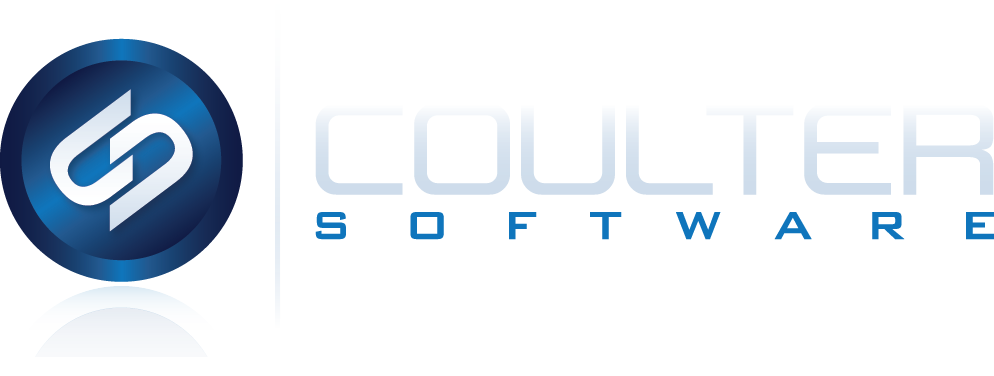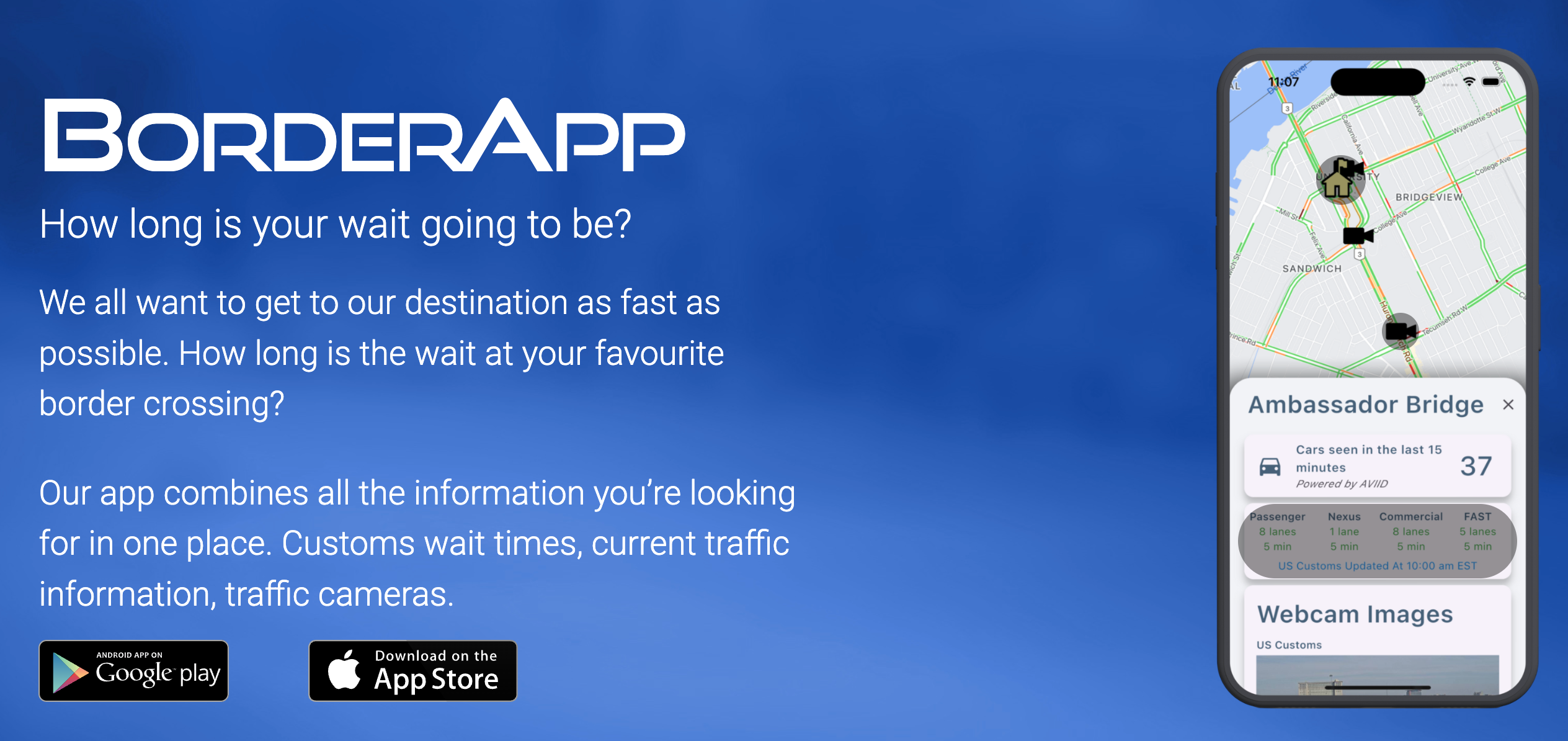
Helping companies scale with technology
Streamlining Border Crossings with Serverless Agility on AWS
BORDERAPP addresses the challenge of unpredictable border wait times by providing real-time crossing information to travellers from a variety of sources and media. This study highlights how AWS Serverless architecture was used to develop a scalable and cost-effective solution.
Problem
BORDERAPP required a solution that could efficiently handle dynamic data loads and rapidly integrate new data sources, while maintaining cost-effectiveness. Traditional infrastructure proved inadequate for these demands, leading to the adoption of a serverless architecture on AWS. This approach, leveraging Lambda’s pay-per-execution model, S3’s scalable storage, and RDS’s reliable database, enabled faster development cycles and minimized infrastructure costs.
Solution
BORDERAPP adopted a serverless architecture on AWS, leveraging the following services:
- Lambda: a serverless compute service from Amazon Web Services that allows you to run code without provisioning or managing servers
- S3: a cloud object storage service offered by Amazon Web Services (AWS). It provides scalable, durable, and secure storage for data
- RDS: a web service offered by Amazon Web Services (AWS) that simplifies the setup, operation, and scaling of a relational database in the cloud
AWS Lambda was used for:
- Retrieve data from the Open Data Sets containing border wait times information
- Web scrapers used to capture information from various websites.
- Transform and standardize the varying data formats into a unified structure for storage in Amazon RDS Postgres database.
- Process images from cameras set up at border crossings to count the number of vehicles.
Lambda benefits:
- Real-time Accuracy: Lambda's ability to automate data retrieval ensures that users receive the most up-to-date border crossing information.
- Scalability and Reliability: AWS's serverless architecture allows Border App to rapidly integrate new data sources and confidence that the system will experience no down time.
- Cost Efficiency: Lambda's pay-per-execution model minimizes infrastructure costs, especially during periods of low usage.
- Faster Development Cycles: Serverless architecture simplifies deployment and maintenance, enabling developers to focus on feature development.
- Improved User Experience: By providing accurate and timely information, Border App helps users plan their travel and minimize wait times.
AWS S3 was used for:
- S3 provided storage for the open data sets and images
- Lambda functions were executed from s3 events
- Web hosting for the BORDERAPP website
S3 benefits:
- Real-time Accuracy: S3's low-latency data retrieval ensures that Lambda functions, triggered by S3 events, process data with minimal delay, contributing to accurate real-time updates.
- Scalability and Reliability: S3's virtually unlimited storage capacity and high availability guarantee that BORDERAPP's data and website remain accessible and reliable, even during peak traffic and data ingestion periods.
- Cost Efficiency: S3's pay-as-you-go storage model eliminates the need for large upfront investments and minimizes costs, particularly for storing large datasets and images that may vary in size.
- Faster Development Cycles: S3's seamless integration with other AWS services, including Lambda, simplifies data management and deployment, allowing developers to focus on application logic rather than storage infrastructure.
AWS Relational Database Service (RDS) was used for:
- Hosting a Postgres database installed with GIS libraries for location based queries
- Scaling instance size and storage amount as the needs increased
- Configuring redundancy and backups with read replicas and scheduled backups
- Simplifying the maintenance and patching of the database
RDS benefits:
- Real-time Accuracy: RDS's high-performance database, optimized with GIS libraries, facilitates rapid location-based queries, ensuring that users receive accurate and timely border crossing information.
- Scalability and Reliability: RDS's ability to scale database instances and storage on demand, coupled with automated redundancy and backups, guarantees that the database can handle increasing usage and remain highly available.
- Cost Efficiency: RDS's managed service model reduces operational overhead, and its ability to scale resources dynamically optimizes costs by avoiding over-provisioning.
- Faster Development Cycles: RDS's automated database management tasks, such as patching and backups, free developers from routine maintenance, allowing them to focus on application development and feature enhancements.
Conclusion
The BORDERAPP project demonstrates the transformative power of AWS serverless technologies in addressing complex data integration and real-time information delivery challenges. By leveraging Lambda, S3, and RDS, BORDERAPP achieved a highly scalable, cost-effective, and reliable solution, significantly enhancing the border crossing experience for travelers. This case study underscores the potential of serverless architectures to streamline development, optimize costs, and deliver exceptional user experiences in data-intensive applications. Ultimately, BORDERAPP stands as a testament to the efficiency and innovation possible with AWS serverless services.
Are you facing similar challenges in building scalable, real-time applications? Our team of AWS-certified experts can help you leverage the power of serverless technologies to transform your business. We specialize in designing and implementing robust cloud solutions that drive efficiency, reduce costs, and enhance user experience.
Contact us today for a consultation and discover how we can help you achieve your technology goals.
